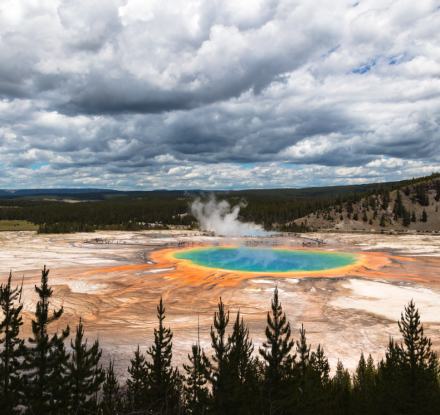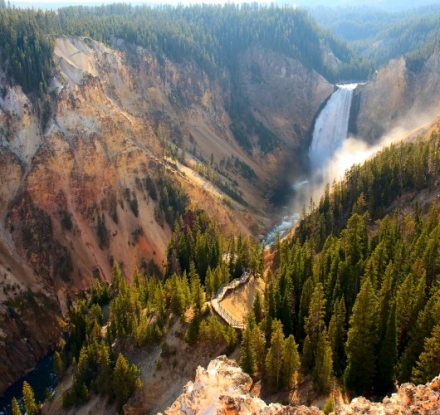
Fires Are Normal and Nature’s Way of Cleaning Up Forests
As August winds down we have begun to experience forest fires in Buffalo Bill’s Cody/Yellowstone Country. These are normal occurrences, and often many of the same reasons travelers choose to vacation in Yellowstone Country – the sunshine, low humidity and miles of undeveloped forests – help create the conditions that make the region ripe for fires.
Fires in Yellowstone Country are often caused naturally by lightning, but humans can also cause fires, usually by accident with improper extinguishing of camp fires, burning debris, tossing a cigarette butt out of their car or improperly maintaining their vehicle and allowing sparks to be generated.
Fortunately, Mother Nature has seen fit to populate our forests with trees that actually help contribute to the health of the ecosystem when they burn.
The most common species of tree in our region is the Lodgepole Pine (scientific name: Pinus contorta). If you have ever driven through a Lodgepole forest there is a good chance you noticed these trees are very straight and the taller trees have few branches except for those at their crowns. These trees are great for building log cabins or national park lodges.
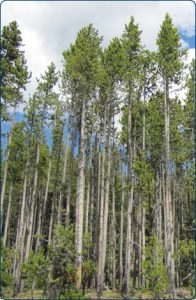
The most common tree in our area is the Lodgepole Pine.
The primary way Lodgepole Pines deal with fire is through regeneration of the forest. It is common to find a forest where the Lodgepoles are all the same age. For example, many sections of the 1988 fires inside Yellowstone National Park featured trees approximately 280 years old. Care to guess when the previous fire went through?
Lodgepole Pines sprout when seeds contained inside cones open. These aren’t just any cones. Rather, they are covered with a resin that do not open easily unless heat comes into play. Since it does not get that hot at our higher elevations, the only way to clean out the dead trees and the old trees while spreading those millions of seeds inside the cones is through fire.
When we see a lodgepole forest burn we know that it won’t be long before the burn area is covered in thousands (even millions) of saplings that are so dense it looks like a carpet. As the forest matures, the stronger trees crowd out the smaller trees and the density is reduced.
Quaking Aspens (scientific name: Populus tremuloides), on the other hand, propagate through their root systems. When a fire moves through a forest the aspens are usually the first to return as small saplings pop up from the ground.
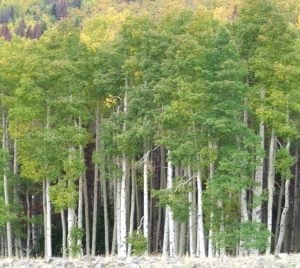
Quaking Aspens are usually the first to return after a fire.
Some conifer trees like the Ponderosa Pine (scientific name: Pinus ponderosa) possess very thick bark which provides fire protection.
You might notice that I have said nothing about forests being “destroyed.” A forest burning is simply part of the cycle. Old forests become unhealthy and need to be cleaned up. Fire is nature’s way of removing unhealthy and downed trees.
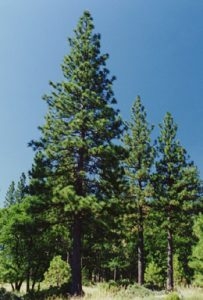
The very thick bark on Ponderosa Pines provide fire protection.
So when I catch a whiff of smoke or hear about a fire in the region, I take it seriously without worrying too much. I know that we are simply going through part of the natural cycle.
Until next week, I am lovin’ life and staying safe in Cody, Wyo.


